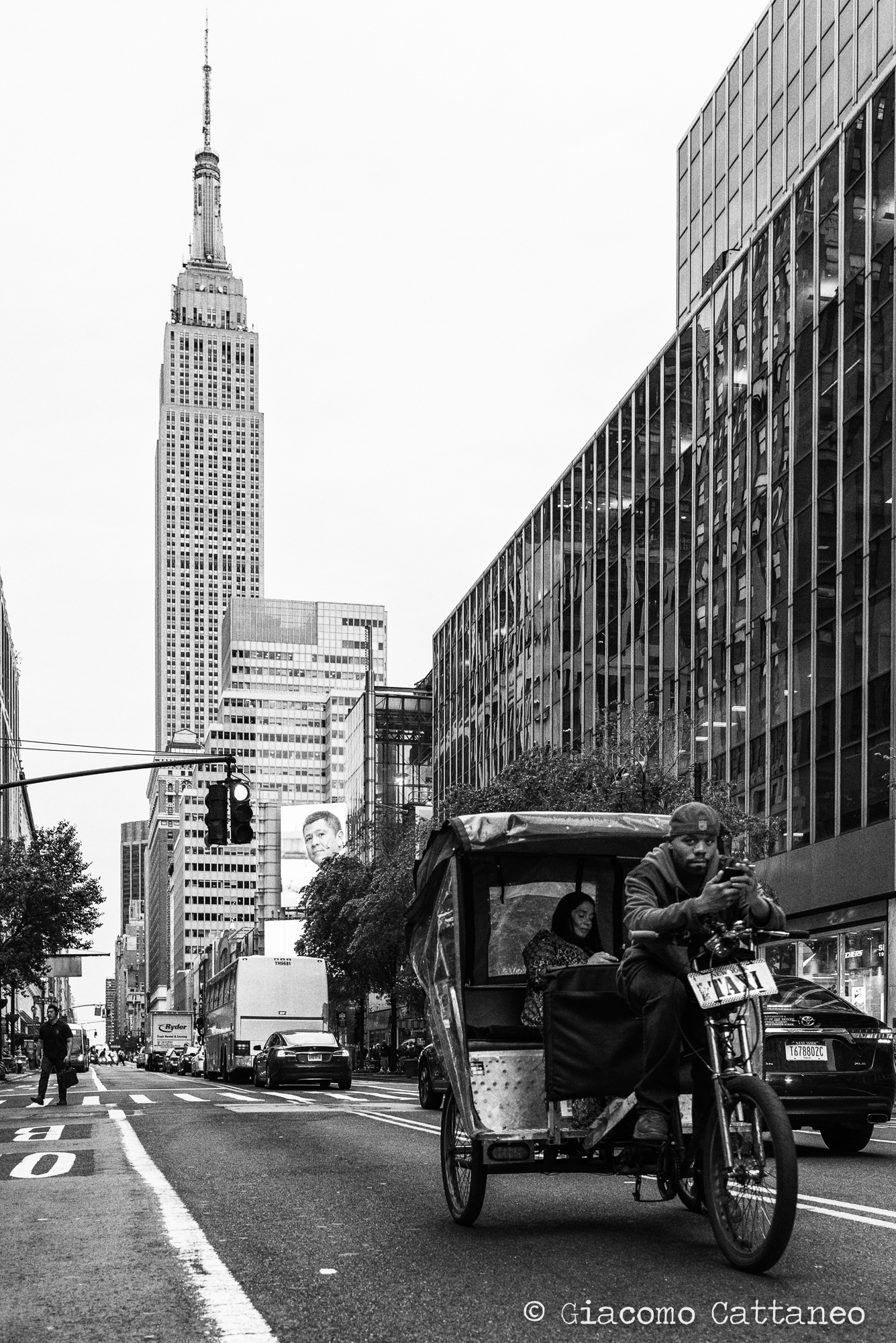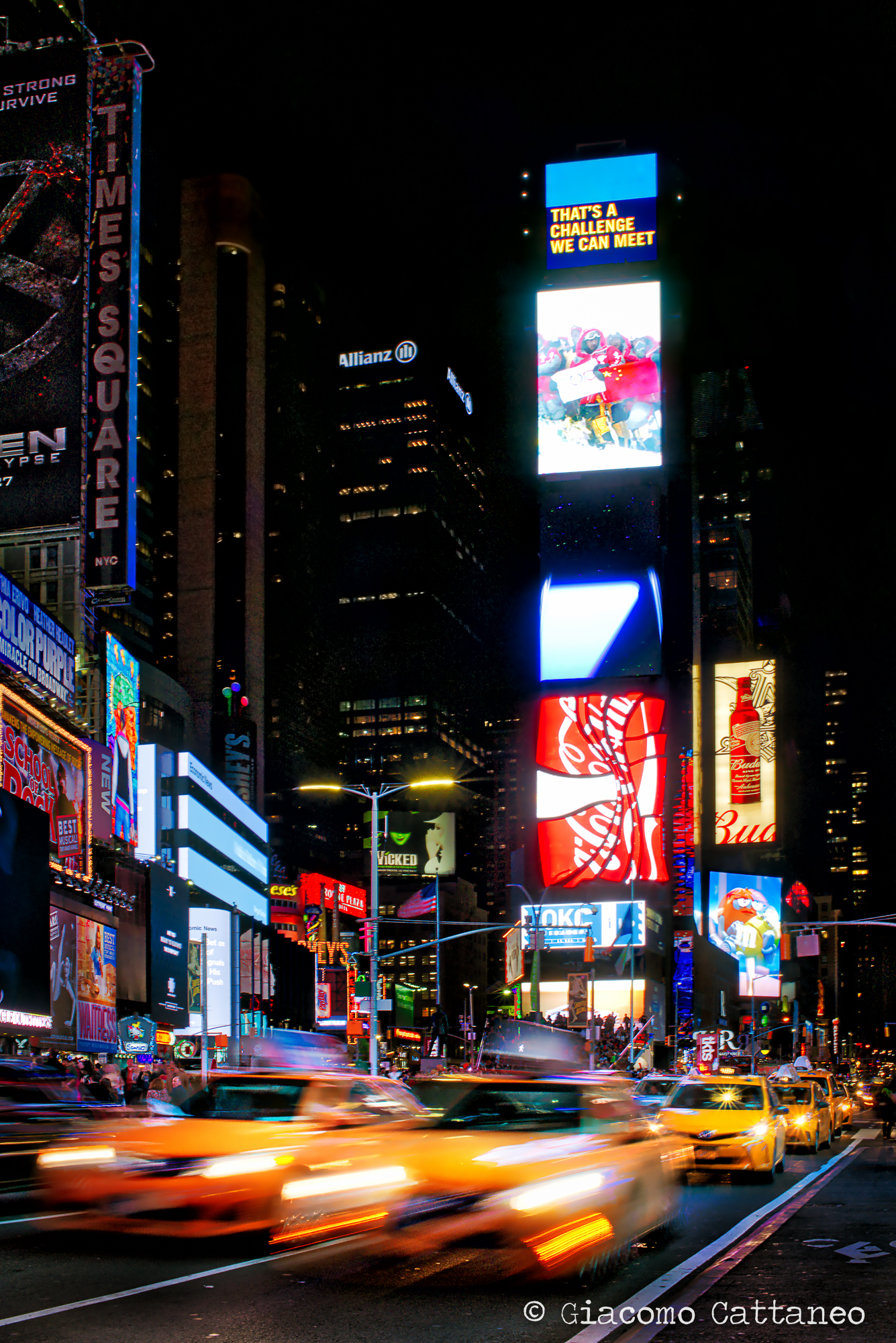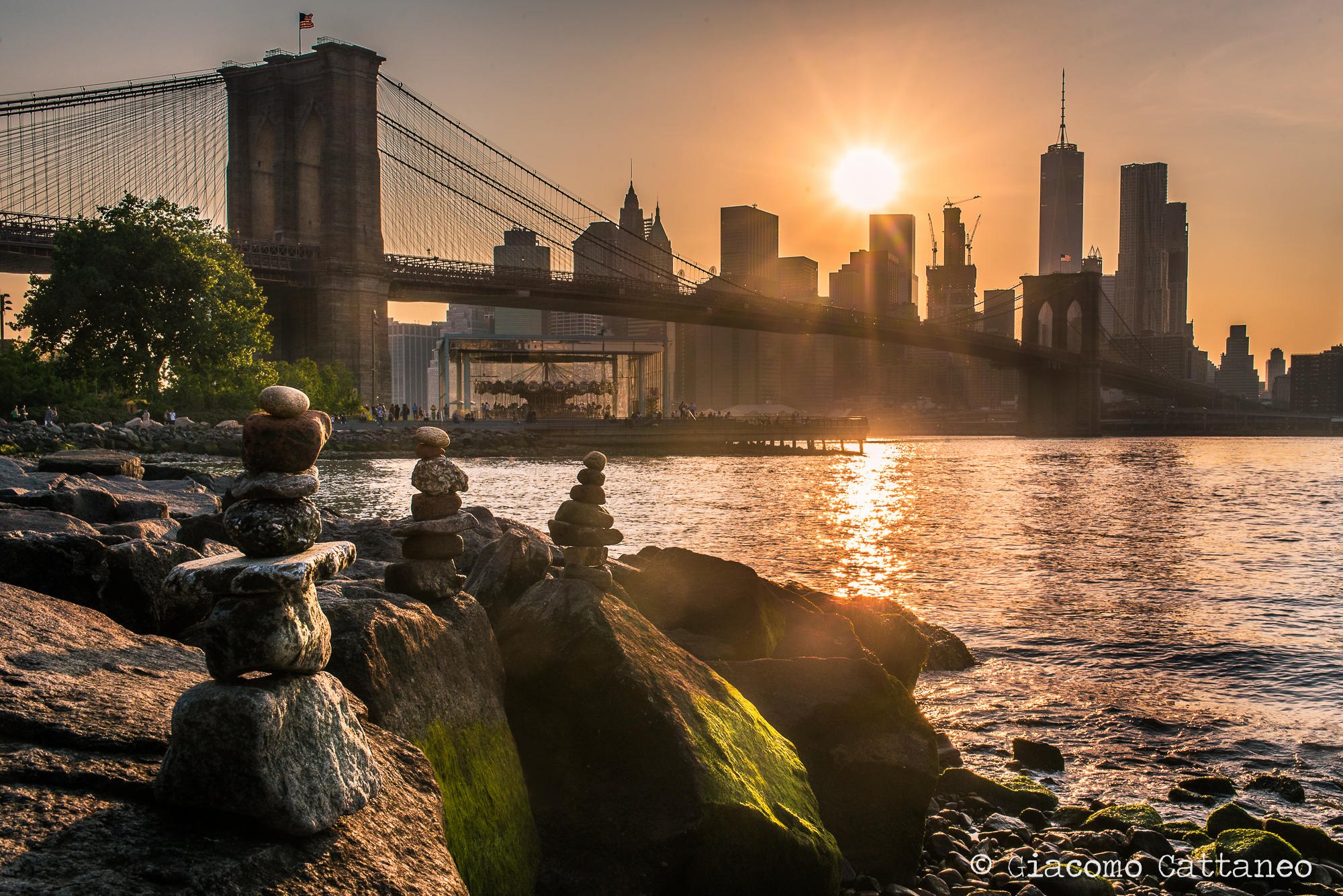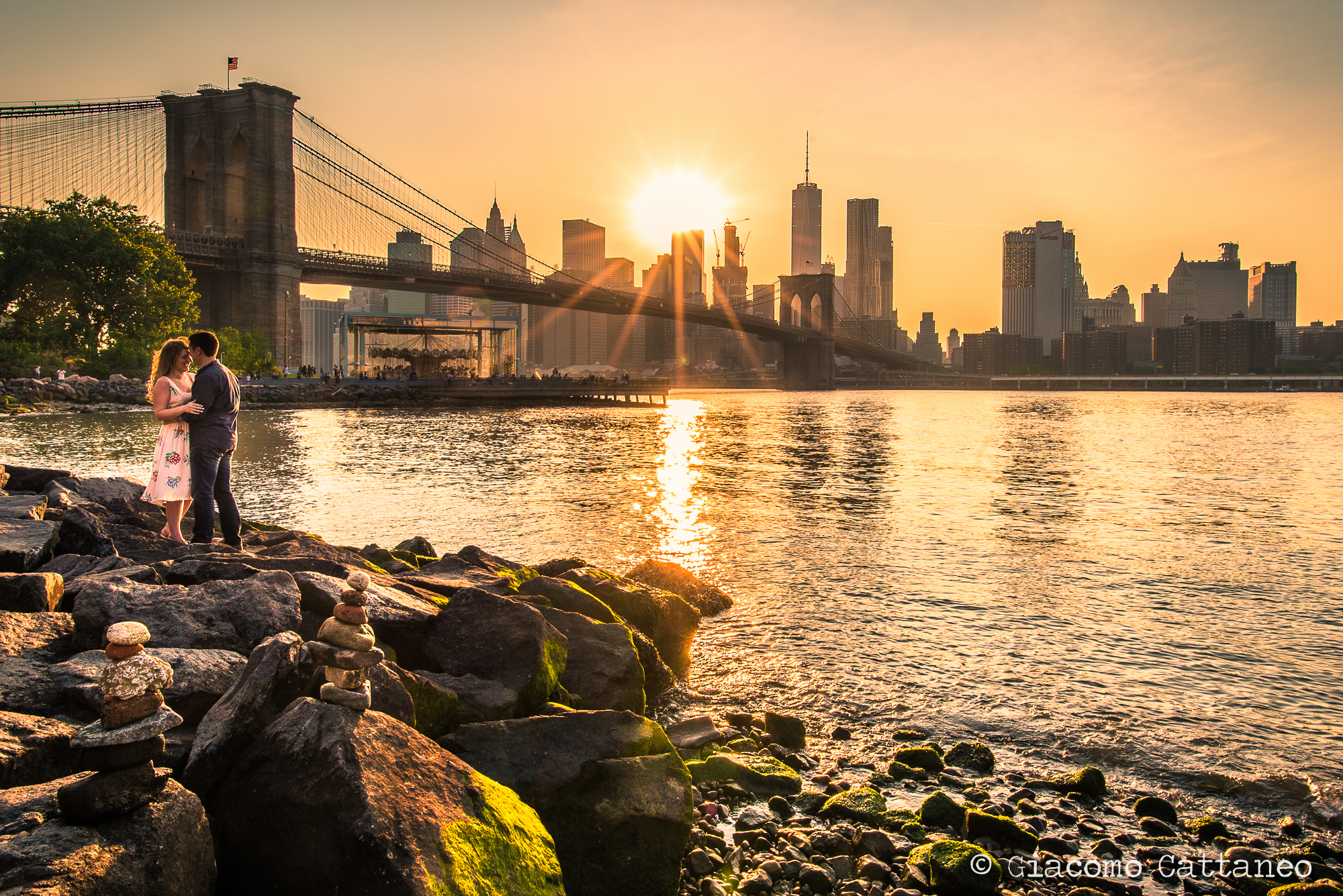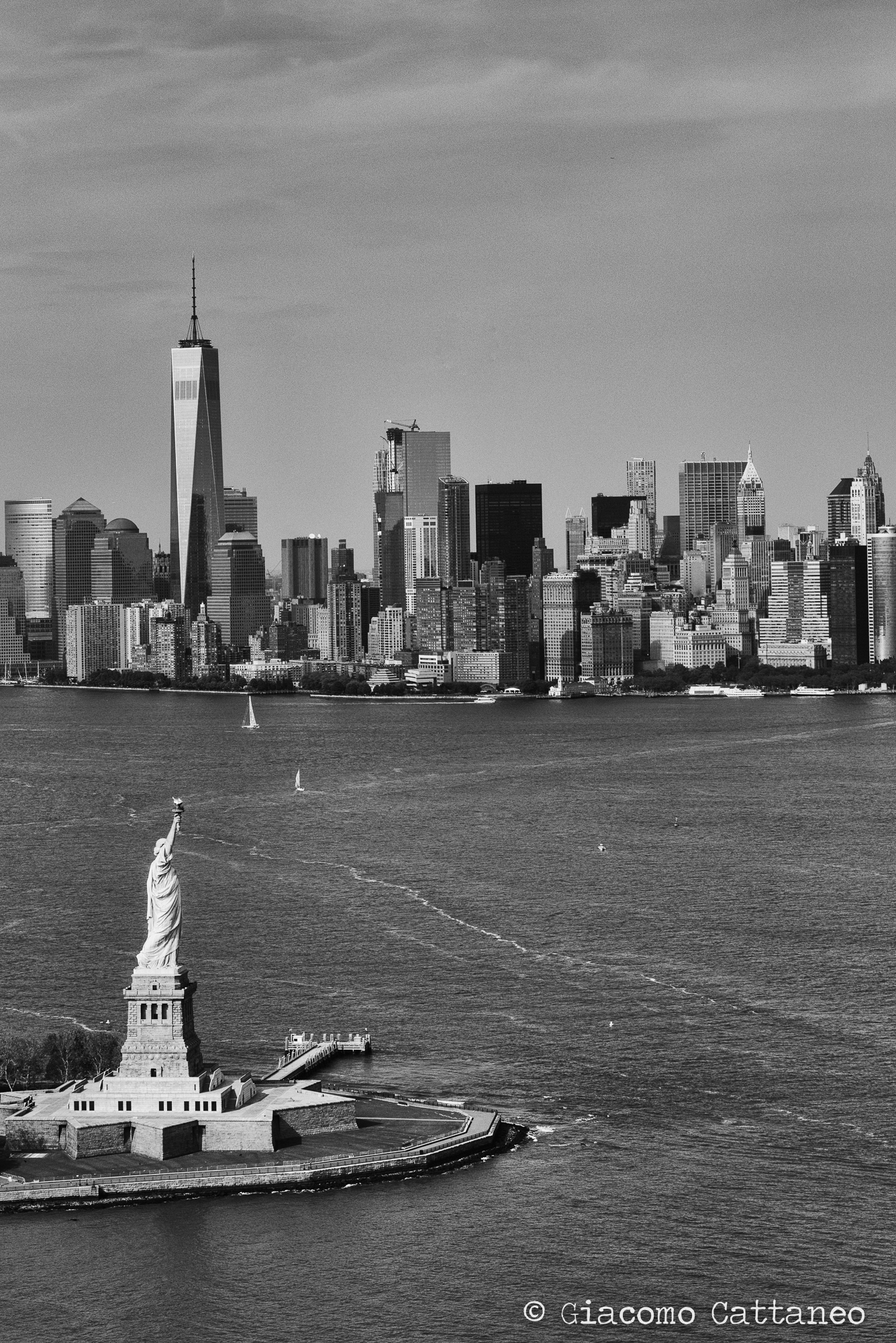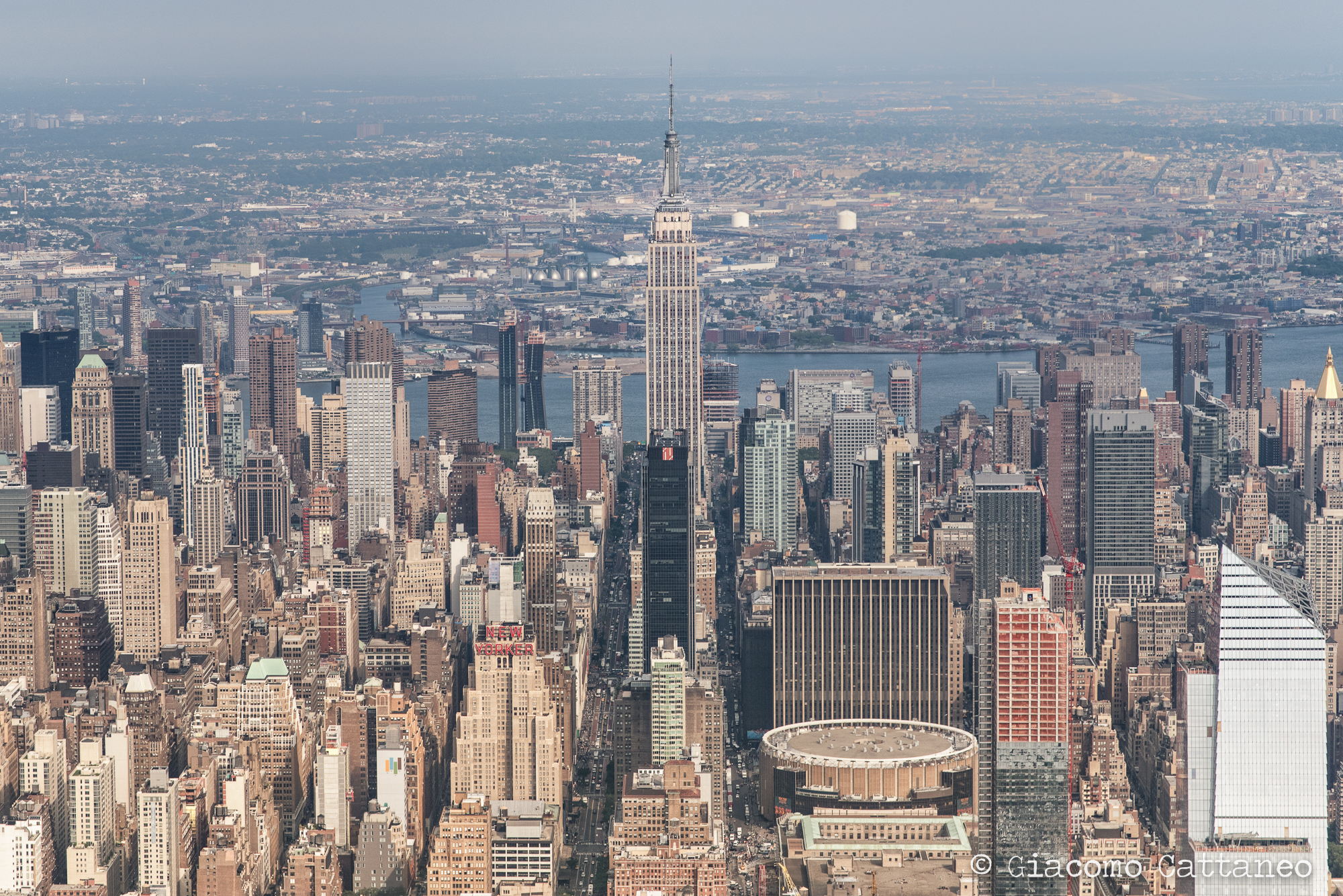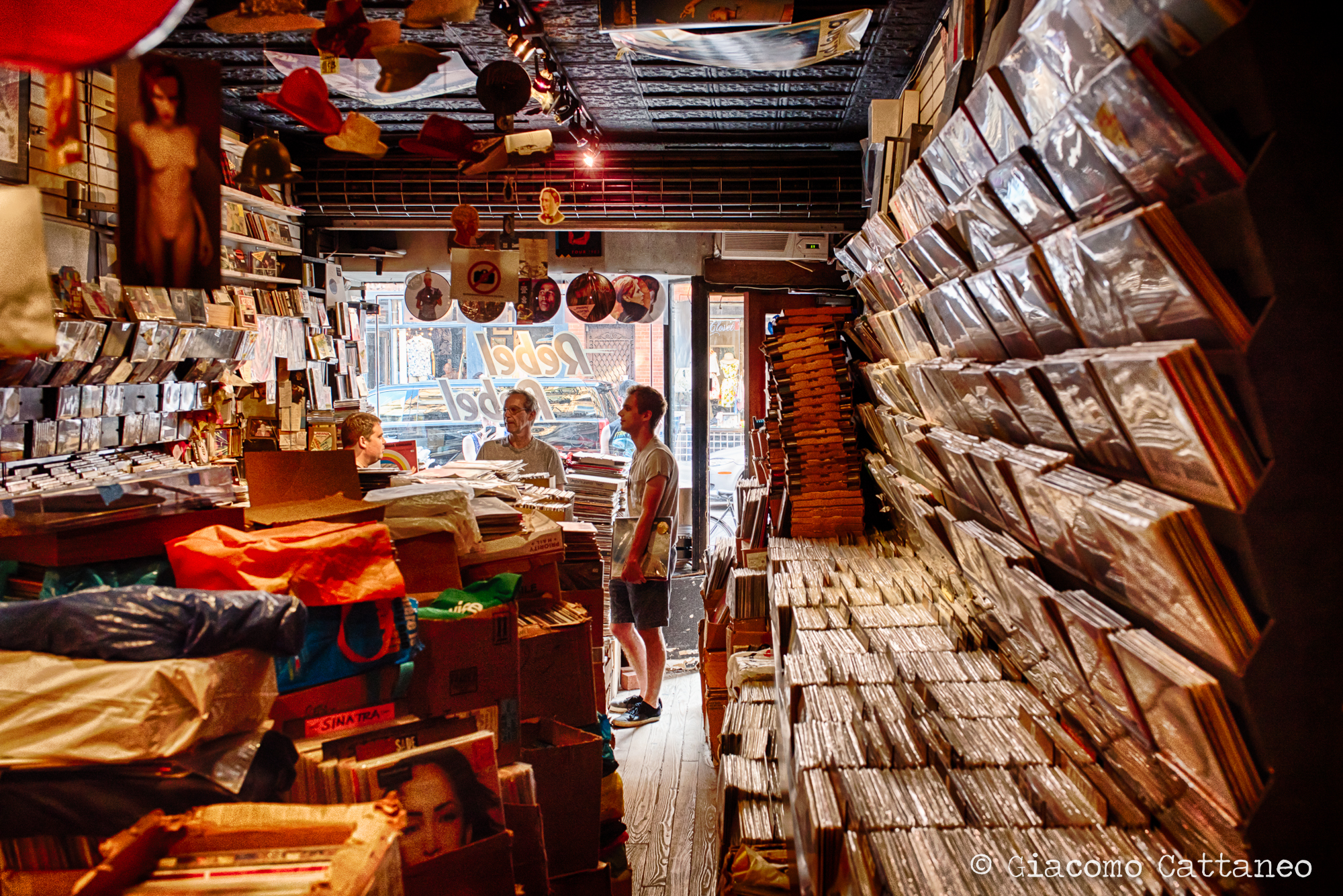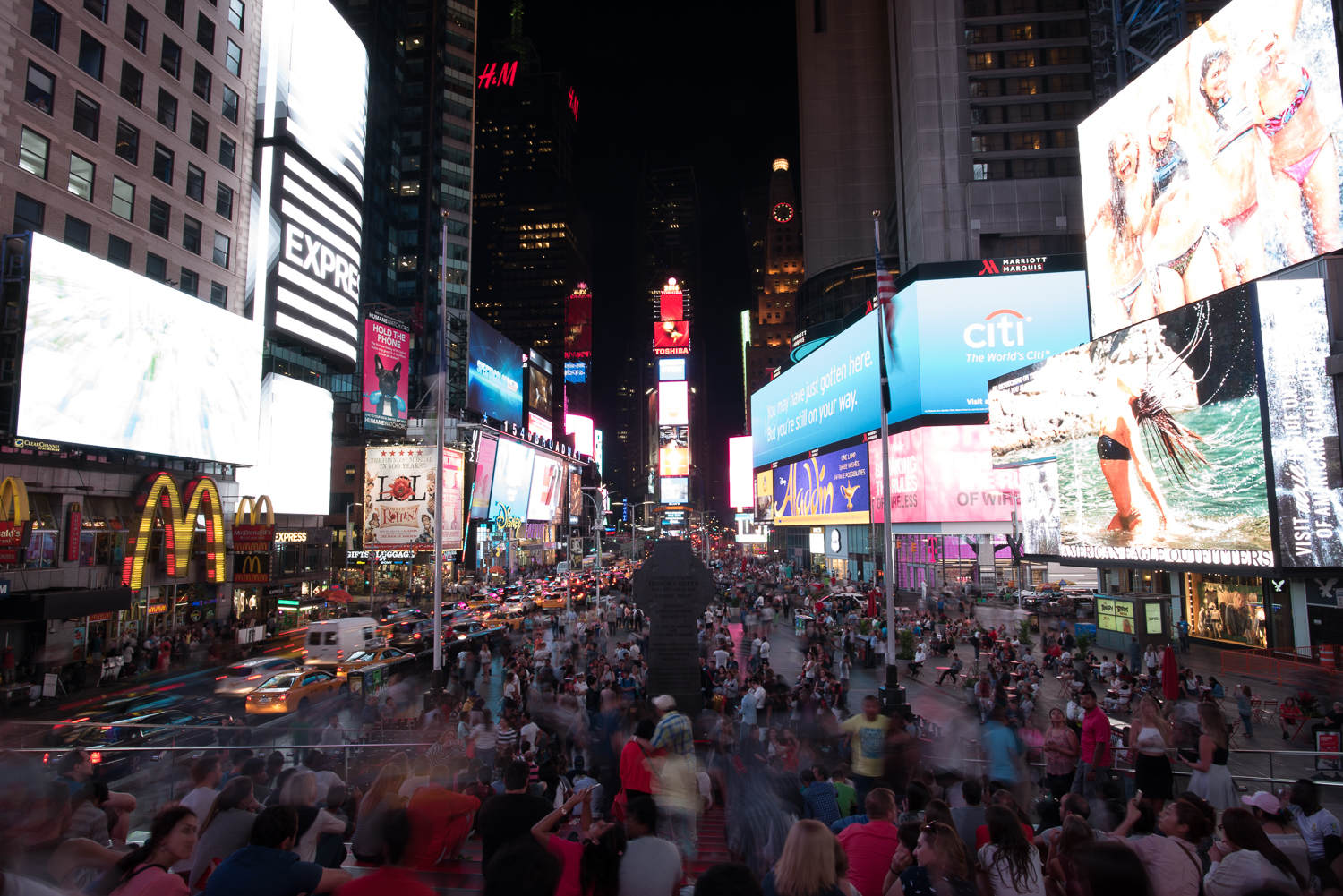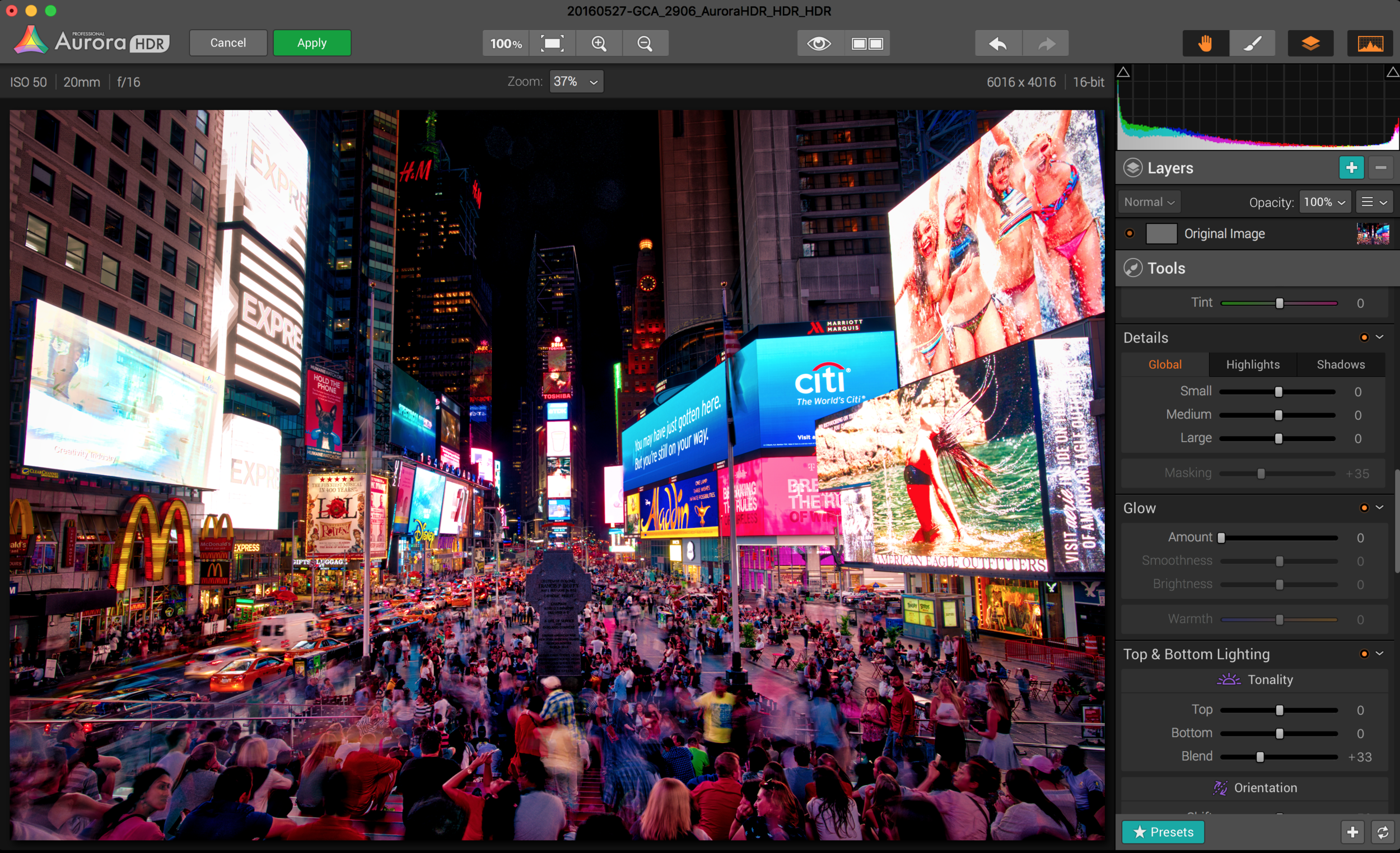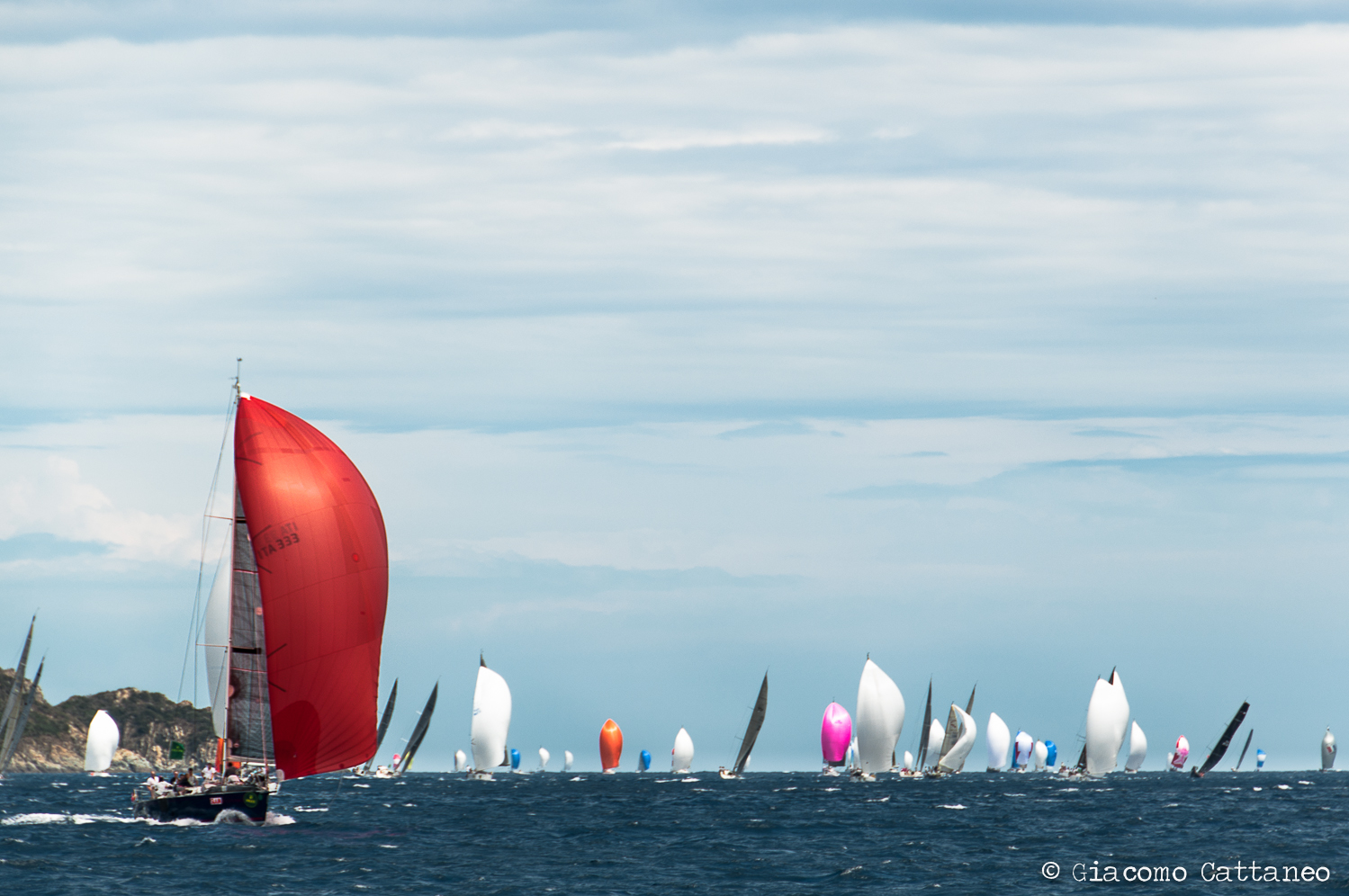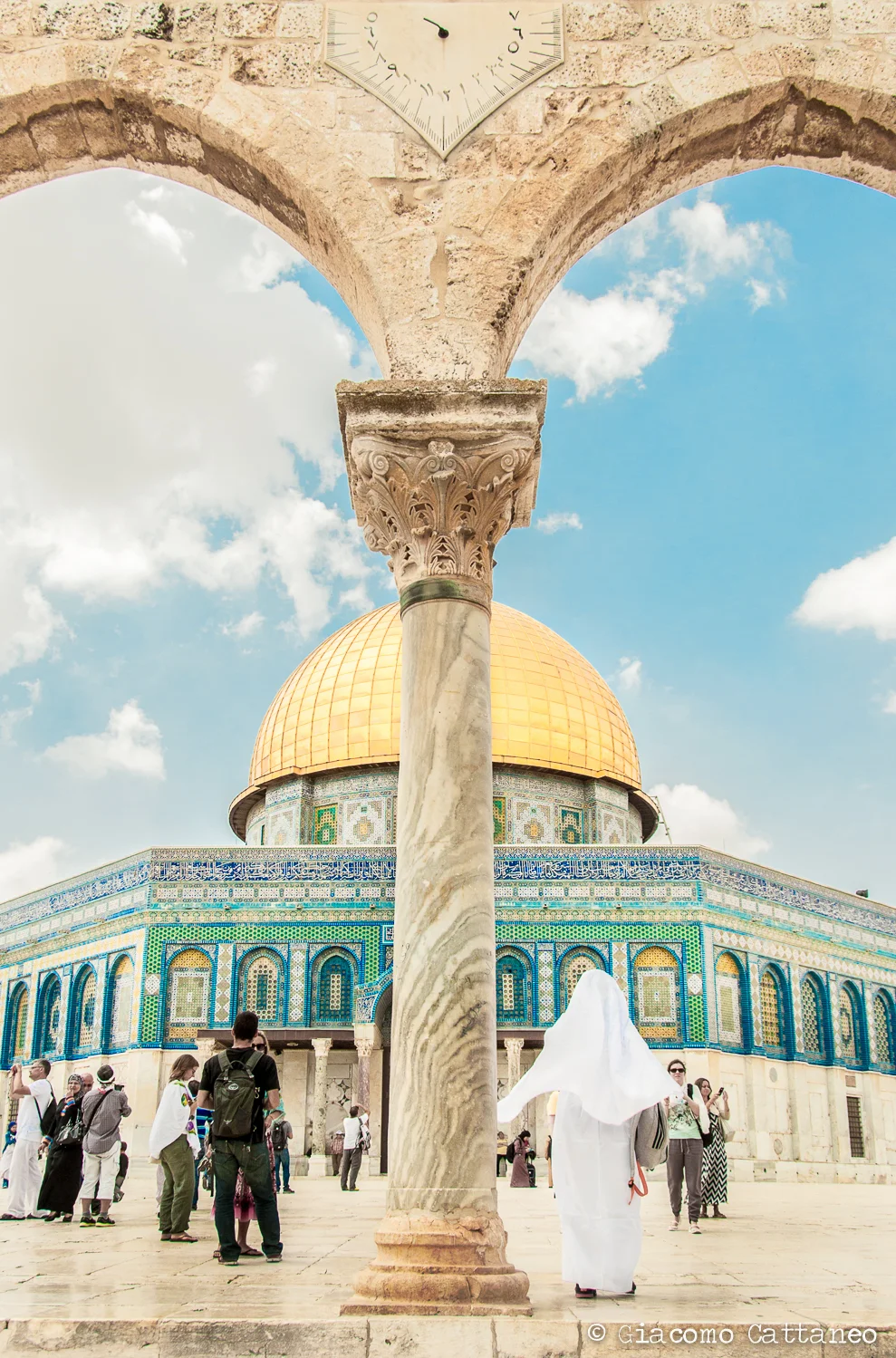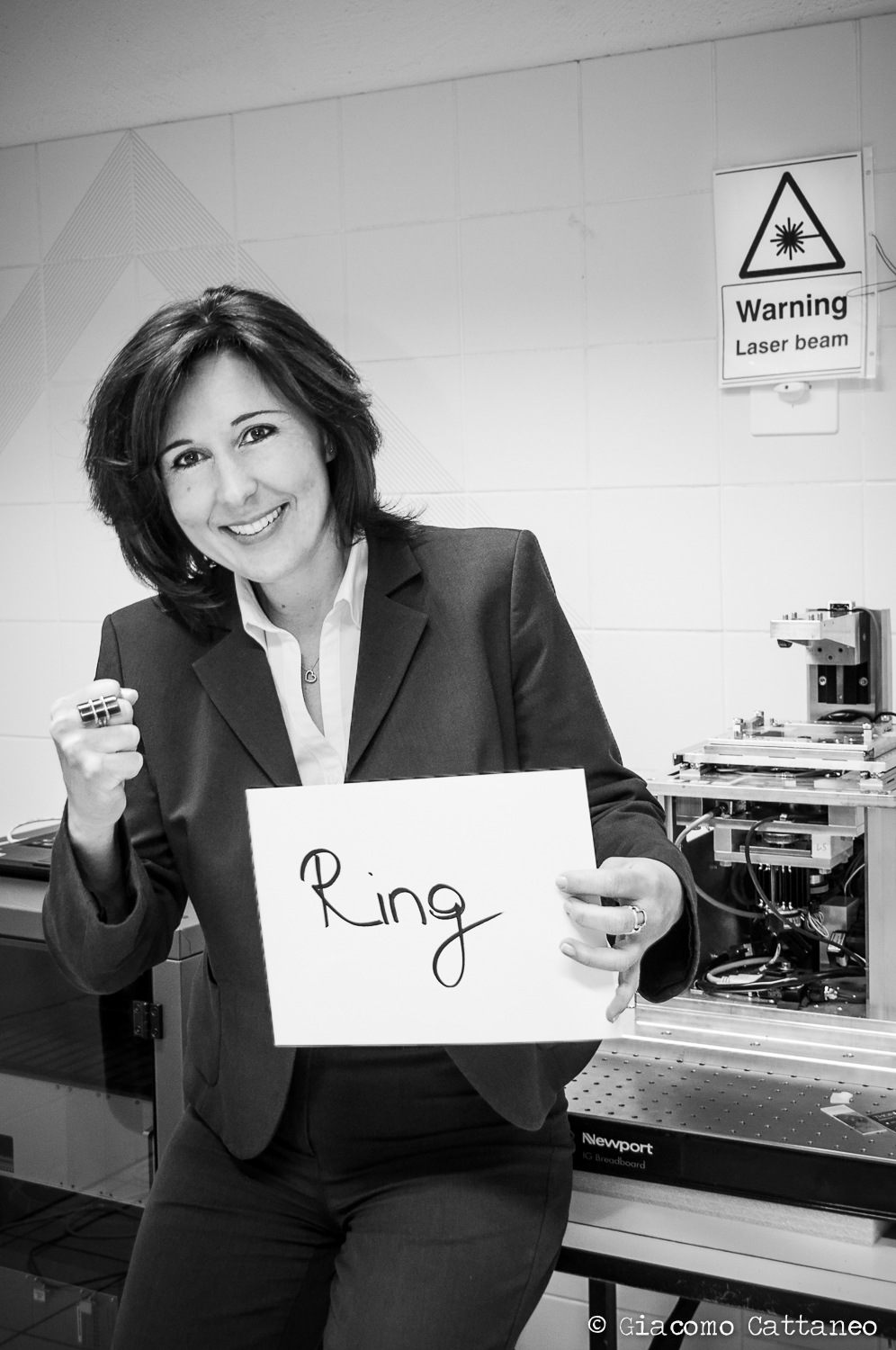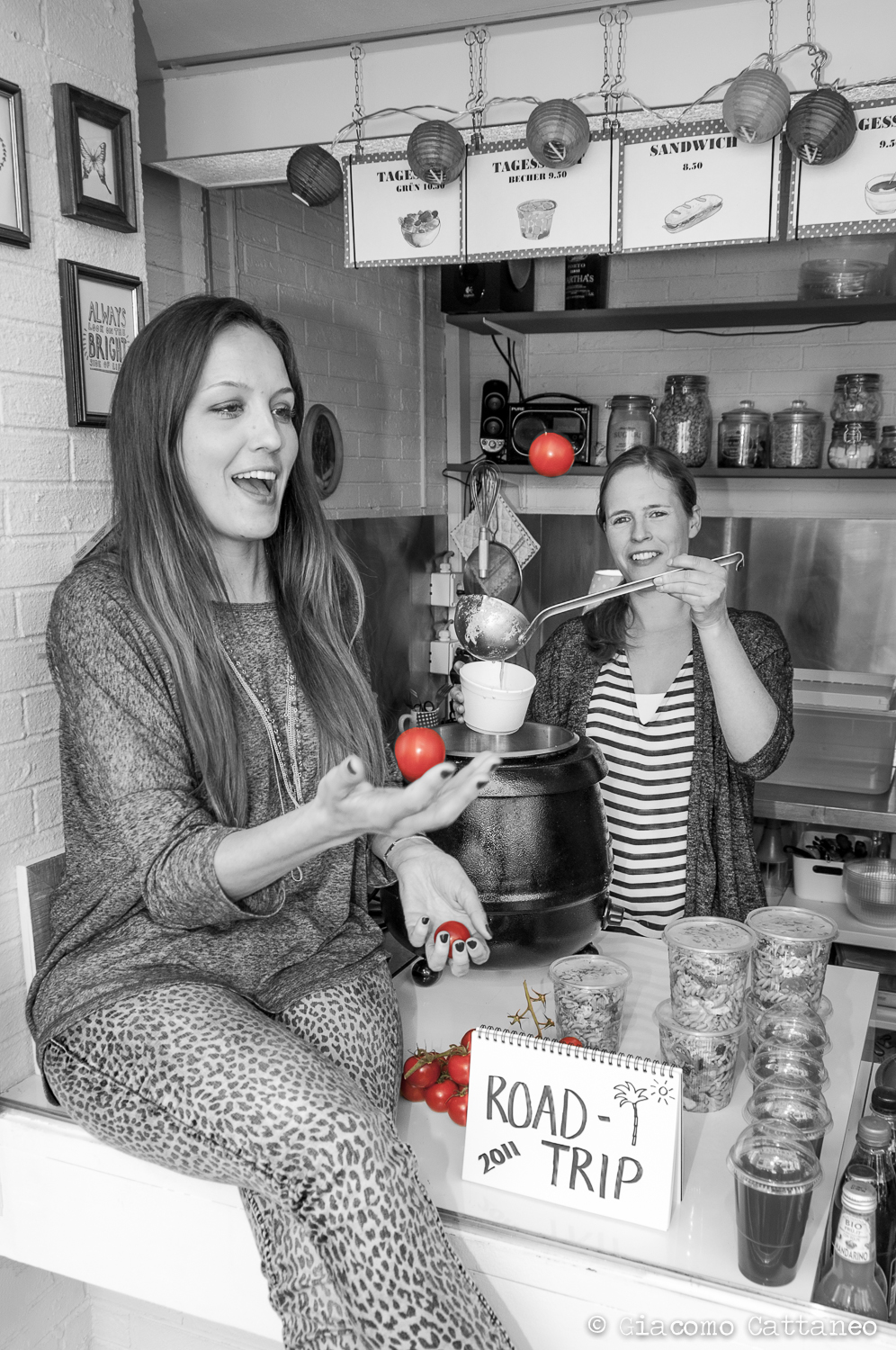Ups, I ended up in Japan - again. I visited my brother, who is staying in Tokyo for an exchange, and kind of re-located my office there as well. Not that I have one in Boston, so it was not that different, I basically used different coffee shops and was fueled by ramen instead than by lobster rolls.
Even though I had my camera in the bag every single day (heavy!) I shot a total of... 3 pictures. Or at least, many failed attempts at the same picture resulted in a total of 3 final pictures. I'll use this blog to show you the before & after of a shot I particularly like, because I had been planning it in my head the whole week and somehow managed to get a great opportunity the last evening.
The story.
Me and my brother were in Shibuya to this same shot for him (since he never posts anything of him when around the world, so I said "well let's take at least a cool picture of you in Tokyo"). Chance wanted that next to us was a couple - a model and a photographer - with a very similar idea. We started having a nice conversation, and when I kindly asked for the opportunity to use the model as subject instead of my brother (sorry I ditched you bro!), she got very excited and allowed me to do it. Thus, at every turn of the traffic lights turning green, we would run to the centre of Shibuya's crossing, known to be extremely "intense" with dozens of people crossing in all directions at the same time. She posed, we shot. However, she was posing for her photographer (fairly so I'd say!), but I needed her to do things differently. You see, I wanted to get a long-exposure shot so that people crossing would become blurred, yet she kept on smoothly moving from pose to pose to get a variety of angles for her sharp shots. This resulted in my first batches of pics to have her very blurred as well, like the people crossing behind her. Luckily, after seeing my frustration she was kind enough to pose for me once, stay very still, and granting me the shot in this blog. So, thank you so much _Mikiy_!!!
I never shot a model in my life - hey, it's fun! My style (and the picture) to be honest does not focus really on the model herself, rather on her being in a specific context. But it was a nice experience. I had to explain/apologize to her that the picture she could see then "out the camera" would get better after retouching, as it was shot dark on purpose (so to get the light signs behind her not completely blown out). Will send it to her ;)
The shot.
I wanted to use the opportunity to make a case for a recent piece of software I got, called Nik Collection. It has recently been bought by Google, and now it is FREE. And it's awesome. It's a collection of tools that allows you to selectively make changes to the picture through either Photoshop or Lightroom (e.g. with burning/dodging, or noise reduction) as well as using some great filters (both color and black&white). I think that if used in moderation, they can really upgrade the picture to another level. As of now I might be still a bit too enthusiastic and end up using them too heavily, reaching maybe too-instragram-like results, but hey, what's wrong with that? I like it, as it allows me to get the picture to look how I imagine it in my head. Do consider getting it, and do also watch this short tutorial for an overview of the tools available.
In the pictures below I show you 8 different steps the picture went through to look as it does, and I include which filter I used.
#1 - ISO 50, 35mm, f/6.3, 0.5sec - this is the shot right out the camera. You see how dark it is, so that the signs on the upper part of the picture do not become white, yet the people moving are still blurred. This is why the ISO sensitivity is so low. I used a tripod, and set a 2s delay on my shutter release so that the camera does not vibrate when I press the button.
#2 - This is the outcome of using the basic functions of Lightroom by recovering the shadows (this is clearly better if you shoot in RAW format), and by getting an overall balanced exposure. However, it is quite bland - especially her. She clearly does not stand out as she deserves!
#3 - Using Nik's Viveza, one can selectively burn (make darker) or dodge (make brighter) parts of the picture. In this case, I focused on her so that, compared to the rest of the image, she would stand out more. Yet, we are not there were I want... the picture lacks punch!
#4 - Using Nik's filter "Sunlight", I increased the the spotlight on her, as if I had some distant flash - which unfortunately I did not have =( Yet, the overall look still looks bland. Time to work on the background as well!
#5 - Nik's filter "cross-processing" gives a particular tone to highlight and shadows (check the link for description how it was done in the days with films). In this case, the shadows got a bit "bluer", while her skin tone stayed of the same tonality. This further increases the contrast between her (which I left untouched by the filter) and the background, color-wise, yet adding a specific "style" to the image.
#6 - Nik's filter "bleach bypass" leads to more contrast and less saturation. In my case I actually kept most of the saturation high and only increased contrast a little. I only applied it to the background to increase a bit the dramatic effect, while leaving her smooth and not too contrasty.
#7 - As the background was looking a bit to strong, I decided to "wash it out" a bit again while maintaining its punch - yet in a subtle way. I did so by using the filter "Film efex faded", also not applied to Miki. This kind of gave it a bit of "movie-like" appearance, which I really like!
Finally, I got to the final image and cropped it in square format, plus did a small high-pass filter in Photoshop to increase the details of her facial features and added a bit of vignette. Click to enlarge - I hope you like it!






